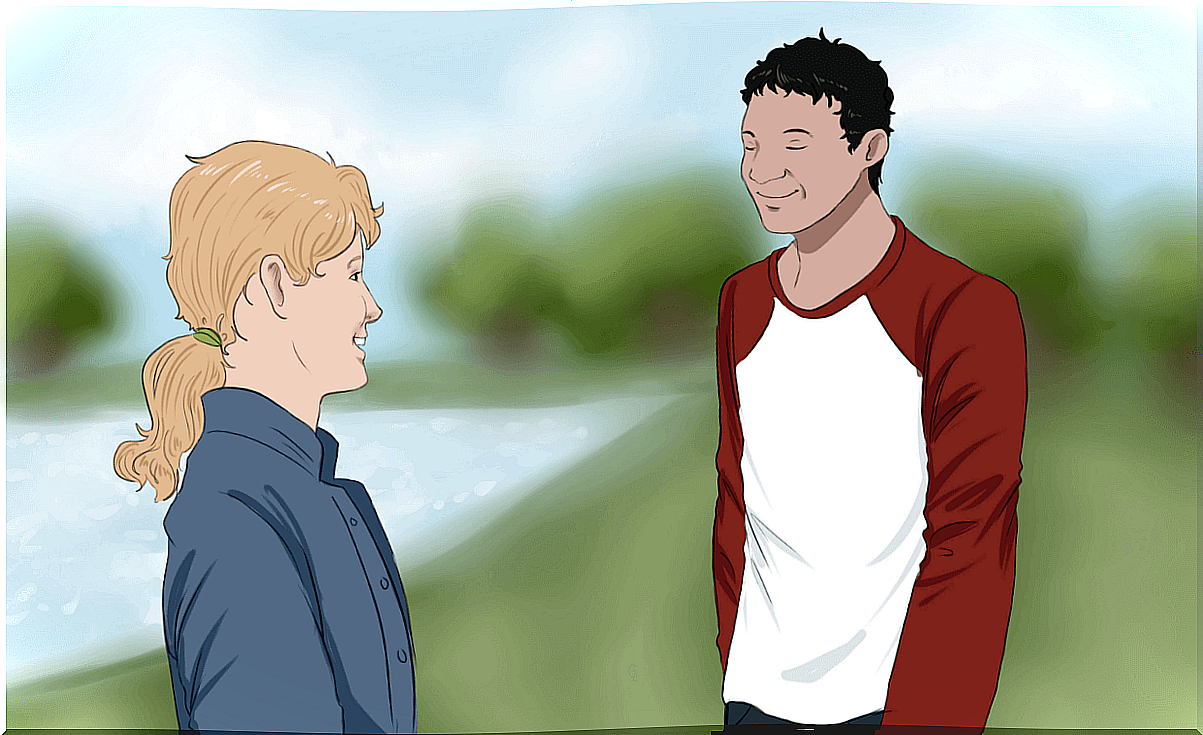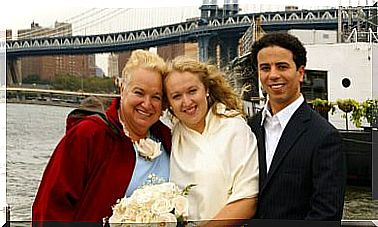Sincericide: Being Overly Sincere Is Not Always Right

Everyone, at some point in the day, says something that isn’t completely sincere and we know it. The lie or lack of honesty serve to protect us of what can happen. If we interpret that something harmful is going to happen to us, we tend to distort the truth in our favor. In this way, we protect our self-esteem, or rather, we get rid of possible negative consequences.
But the main point of insincerity is not always fear. The compassion for others causes, sometimes we opt for a pious lie. This type of lie is light, almost unimportant and does not last long, and can be useful and even beneficial to everyone, as it avoids major and unnecessary conflicts.
It’s not that we’re trying to defend the lie – not at all! – but we want to convey the idea that being honest with everyone, no matter what, is also not the best idea if what we want is not to go wrong in these situations.
Sincericide: to be honest or to be rude?
Psychologists have jokingly adopted the term sincericide to define that behavior by which a person, believing himself to be honest and courageous, shows himself to be sincere in front of others without any filter, when perhaps others have not asked for his opinion. The word speaks of a “suicide” – in an abstract way – due to an excess of attachment to the truth.

This act is often seen as reckless, tactless and verbally irresponsible. Sincericide ends up developing conflicts with the people around, because it can be seen as rude behavior and, really, we could consider it as such.
Being honest is not always a virtue, since education and respect must be at the forefront, especially if it is something that no one will use or that does not interest anyone. Saying everything that goes on in our mind is a sign of social backwardness, of non-adaptation to the rules of the game.
How many of us have ever been upset because someone said our outfit didn’t match or because they saw our ex in another? However, finding the context and the opportune moment and knowing how to hold back until that moment becomes a virtue that we must know how to value. There are certain comments that are simply left over or that can be said in other circumstances.
be honest by making up the truth
Everyone has the right to know the truth, but they also have the right to place their own limits on this knowledge. Ideally, as adults, we are emotionally strong and accept life’s discomforts so that we can act fairly.

Imagine that you have been diagnosed with a serious illness: would you like to know that you are going to die? Would you rather have the truth hidden or would you want to know how much time to live you have left? How would you like to be told the bad news?
As we said, it’s good to train to be able to face everything life brings us, but that doesn’t mean that sometimes it’s good for the truth to be made up… just as we do with others to regulate the impact of our messages .
Being sincere without becoming a sincericide is an art, as it involves putting yourself in the other person’s shoes, knowing if the circumstances are good for them to receive the truth and, in addition, using the appropriate verbal – and non-verbal – tools.
Psychologist Rafael Santandreu says that to be at ease with yourself you must always tell the truth, but to be with others, no. In other words, we should not make up for the truth that we already know because, in this way, we would fall into self-deception, and this would not allow us to face life satisfactorily.
What is truly important is that we exercise caution between telling ourselves the truth and criticizing ourselves excessively. It is not the same to say a truth to ourselves such as: “Today you did not do your best in the sessions with patients”, than “You are a terrible psychologist, you must leave this profession forever!”.
Committing sincericide to our own person is also not the best option. As with everything else, virtue is at the balance point.
Image credits: Wikihow.








